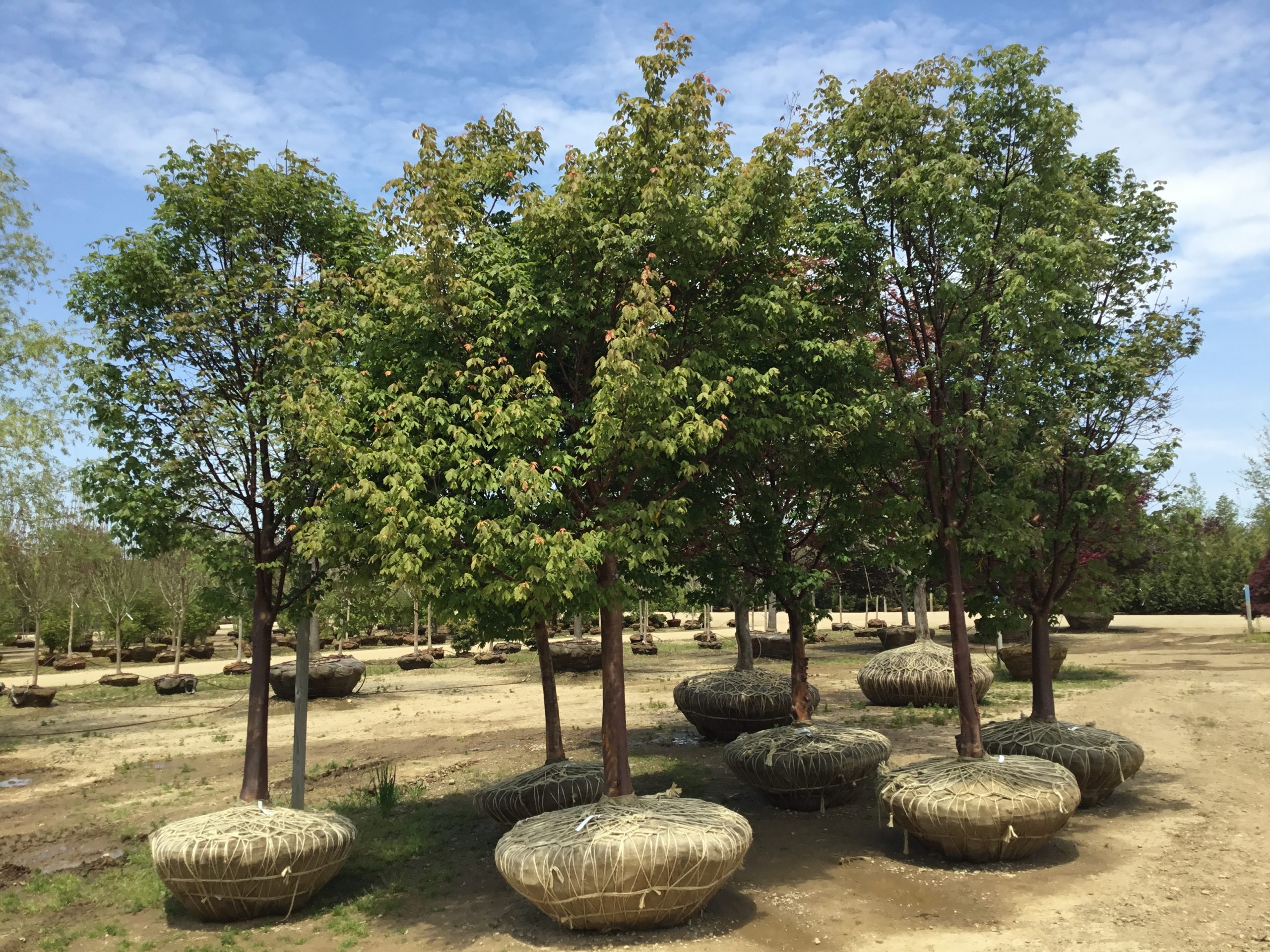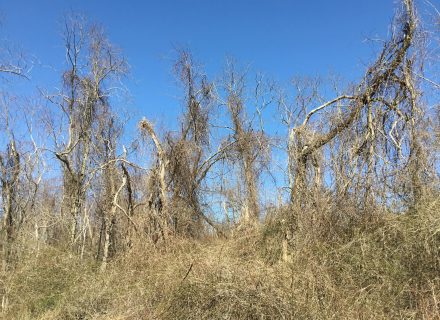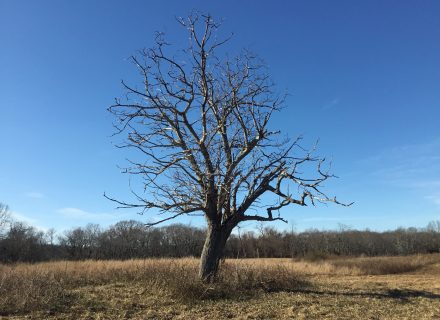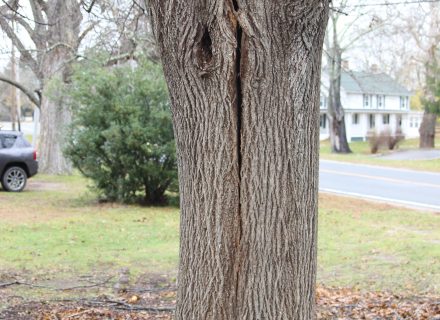For many of us, spring unleashes an irresistible urge to plant all kinds of greenery, including trees. While most homeowners enlist landscape contractors, there are occasions when a tree is small enough that they can accomplish the task themselves. Whether you go the DIY route or for hire, here are some tips for successful tree planting.
Think first: After a long winter, it’s easy to be seduced by that radiant star magnolia. Resist the impulse and take time to consider a purchase that will consume a chunk of space and most likely outlive you. (I know, a bracing thought.) Are you looking for spring or summer flowers? Vibrant fall color? Shade for a place to socialize or site a hammock? Do you want to hide a neighbor’s house or road? If attracting wildlife is key, you may want a species that produces fruit.
Do your research: It’s crucial to pick a species that will thrive in your soil conditions. For instance, a tree that likes wet feet will struggle in dry, sandy soil. A tree that prefers full sun won’t prosper in shade. Also, look for healthy structure. When selecting an oak or maple versus a multi-stem tree like a shadbush or river birch, seek out a specimen with a strong, single lead and not too many side branches emerging from the same spot.
Size matters: One of the biggest mistakes homeowners and landscape designers make is planting trees too close together or to a house or sidewalk. Forgo instant gratification and check the mature height and width and plant accordingly. Yes, there might space between the trees for several years, but they’ll eventually fill in. One solution that’s also attractive to birds: plant understory shrubs to create a tapestry of layers.
Dig up dirt: You want a hole that’s wider but not deeper than the root ball. If the burlap around the ball is encased in wire, remove as much of the wire as possible without disrupting the ball. Place the tree in the hole so that its trunk maintains its original growing level to the soil. Remove any rope and as much of the burlap as possible, add compost, and overfill slightly and use water to eliminate air holes instead of tamping down the soil with your feet. Compost can be added around the base to prevent weeds or repress grass but avoid “volcano mulching,” which encourages surface root growth and base rot.
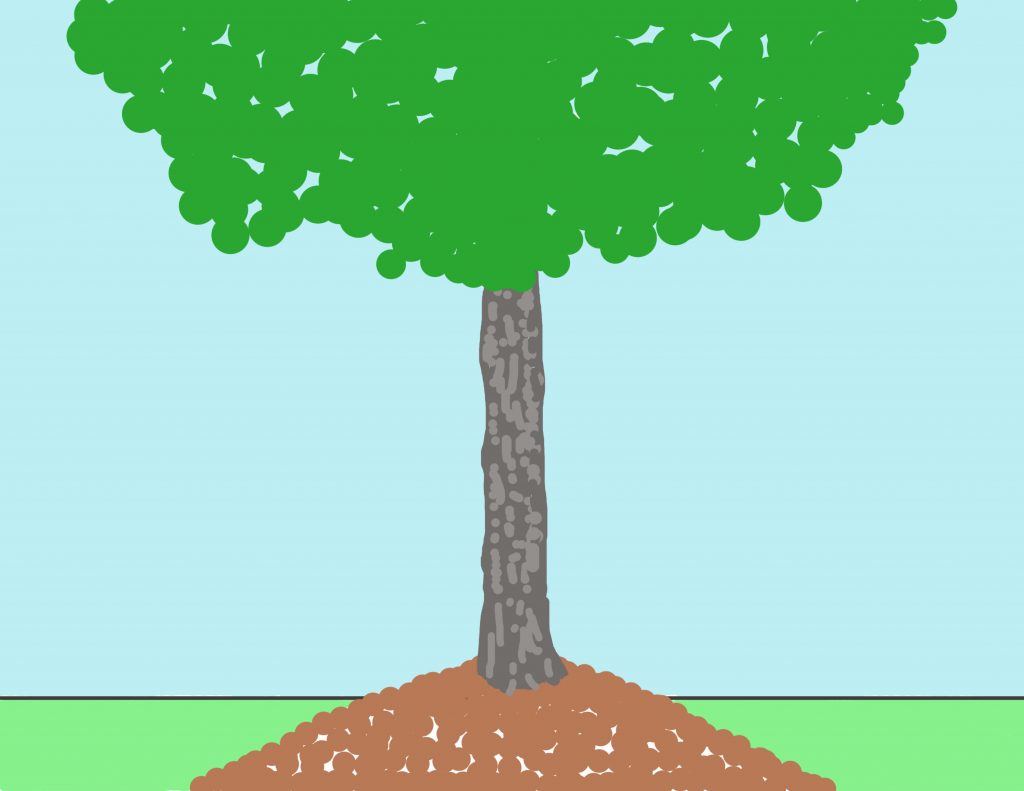
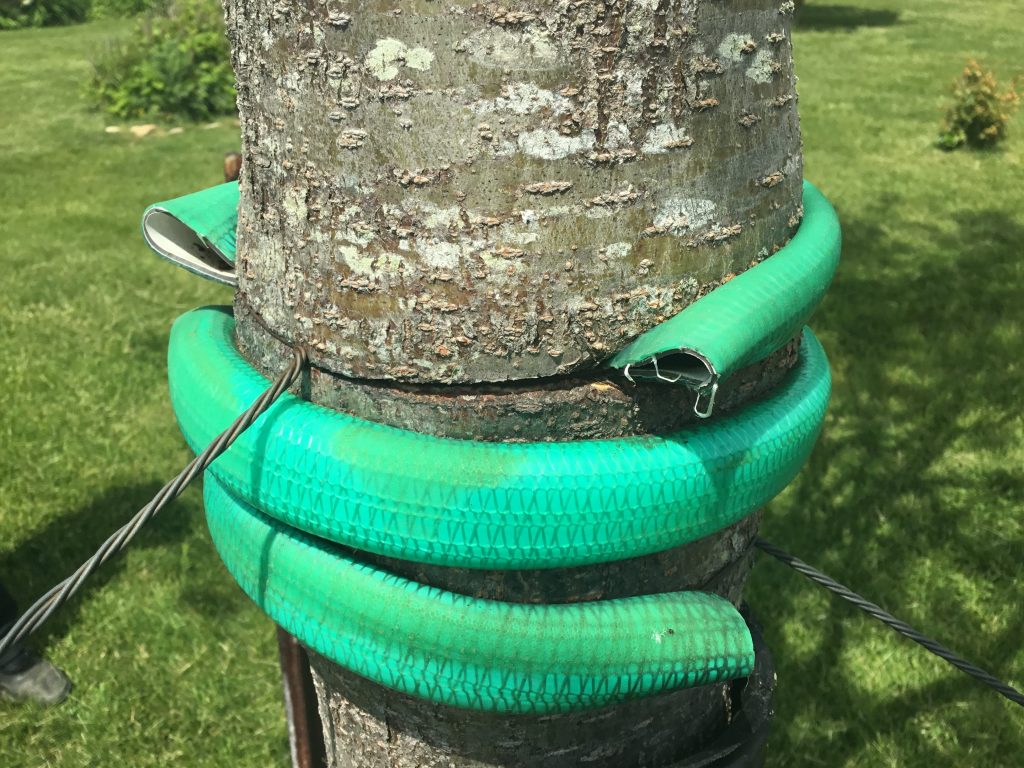
Now what?: Some trees will need to be staked. Be sure to use protective material, like rubber hose, that doesn’t scrape or dig into the bark and remove after three years. The trunk will also have to be protected from deer rubbing and, if a tree is really small, from browsing. Prevent damage to the bark from weed whackers and mowers by placing an 8-inch wide ring around the base. Finally, new trees need watering for three years at a rate of 1 inch every 7 days (or more during a hot drought). To help retain water, create a small berm around the base. Avoid frequent, shallow watering which boosts surface roots at the expense of deeper ones.
Cocktails!: Enjoy them while you admire your new tree.
Photos and Illustration: Tim Purtell

